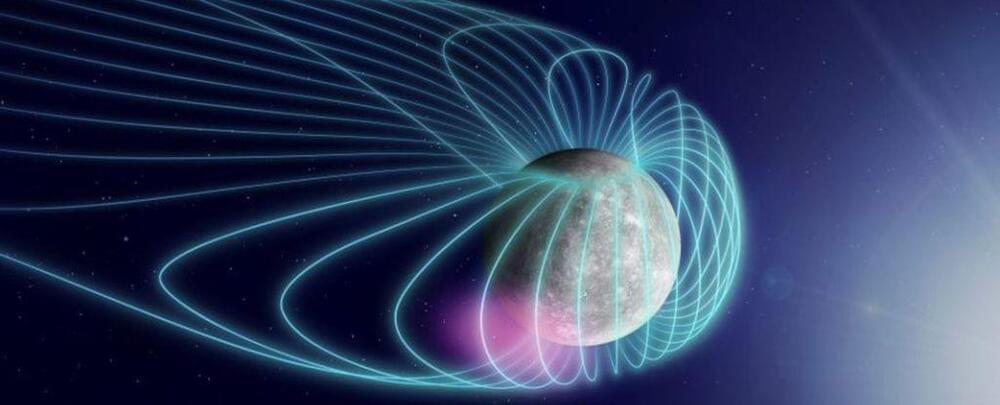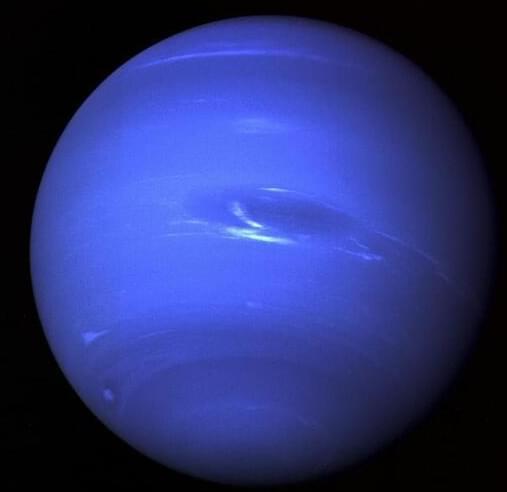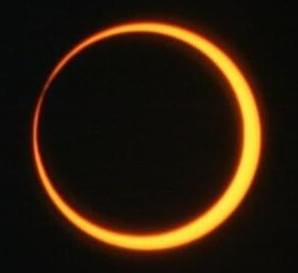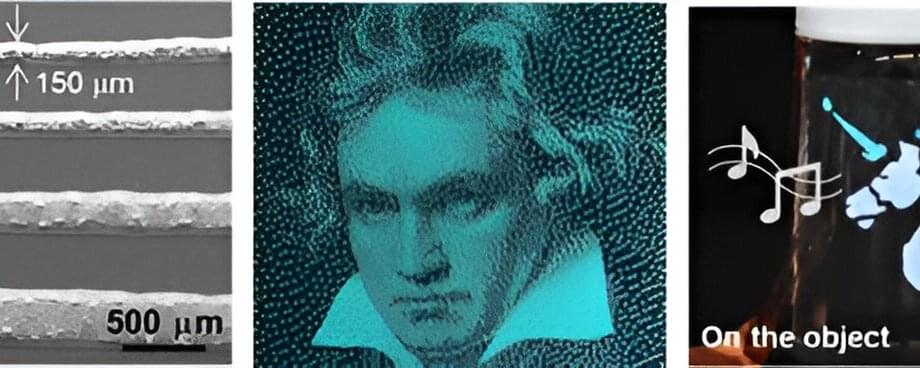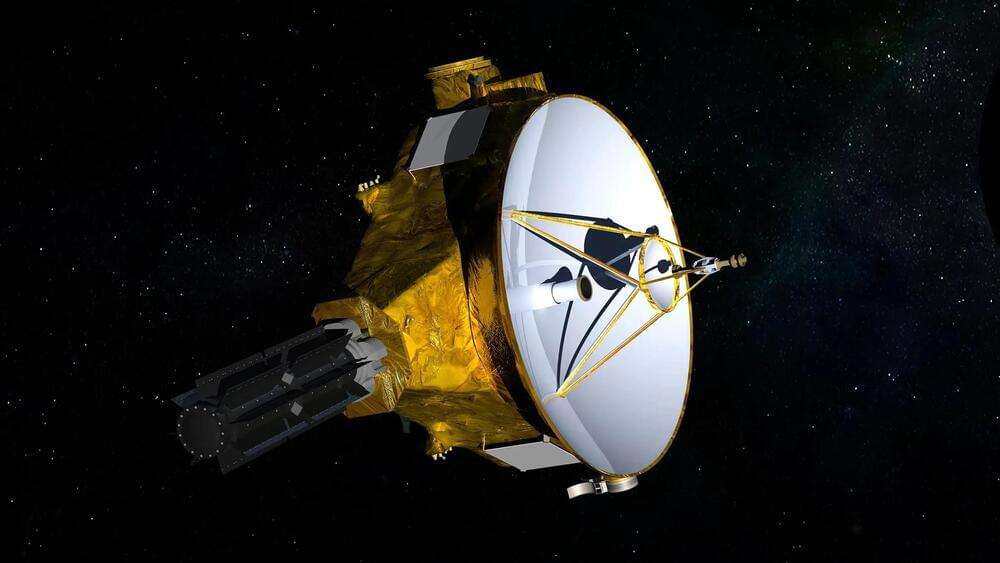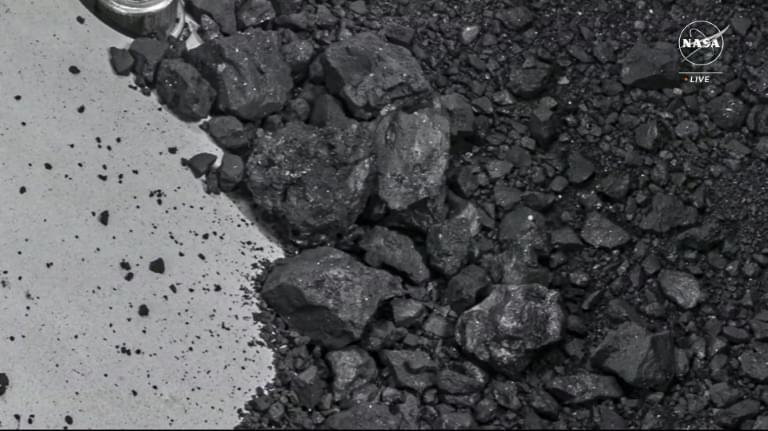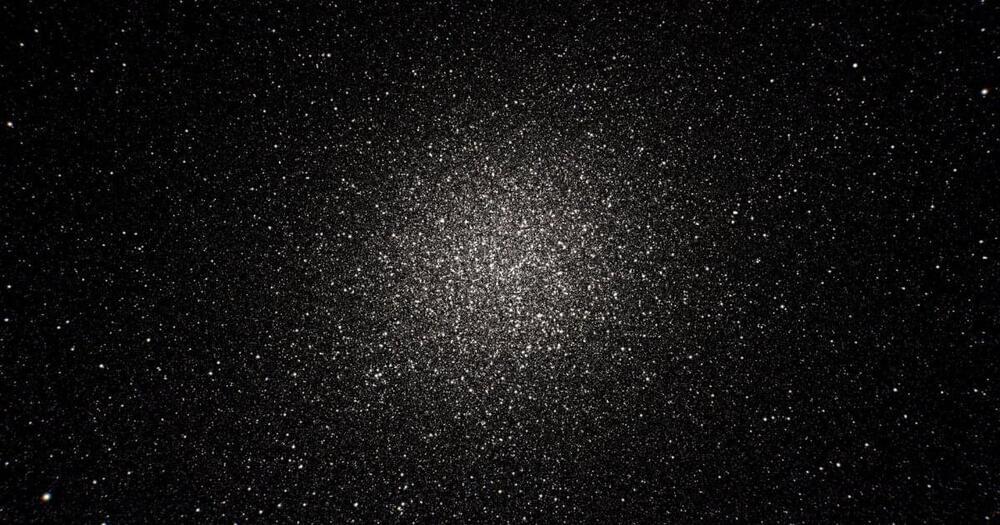Oct 16, 2023
Mysterious ‘Singing’ Plasma Waves Detected Around Mercury
Posted by Genevieve Klien in category: space
Around planets that have a magnetosphere, something magical happens.
If you listen with the right instruments, you can hear chirping and whistling, almost like the singing of birds at dawn and dusk. These so-called chorus waves have been recorded at Earth, and Jupiter, and Saturn; and observed at Uranus and Neptune.
Continue reading “Mysterious ‘Singing’ Plasma Waves Detected Around Mercury” »
